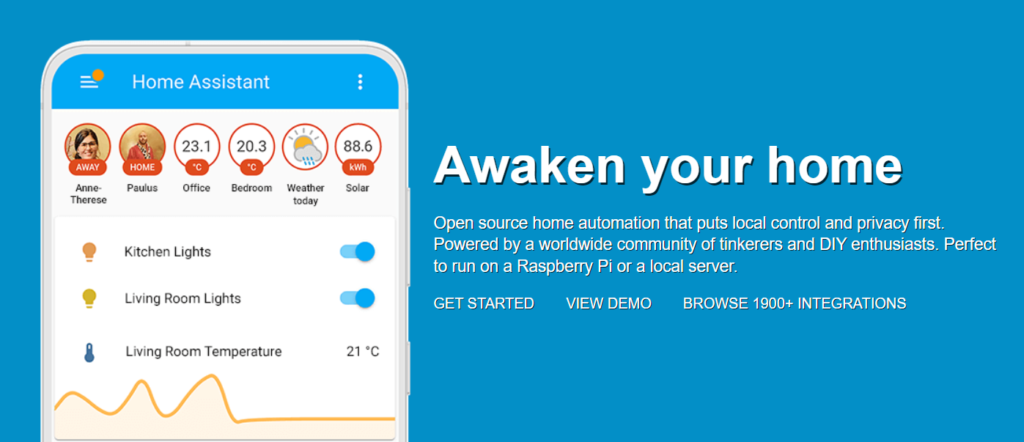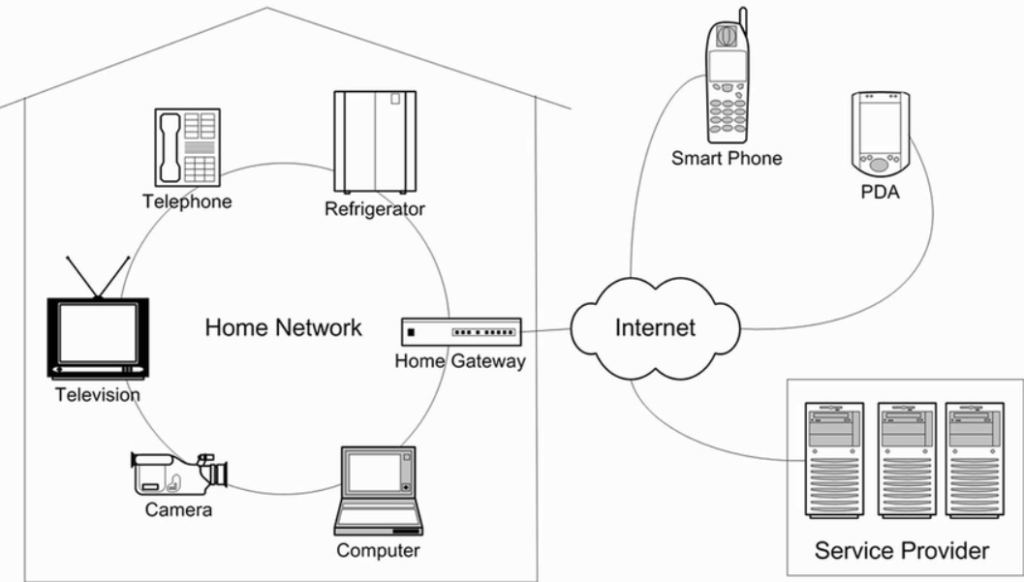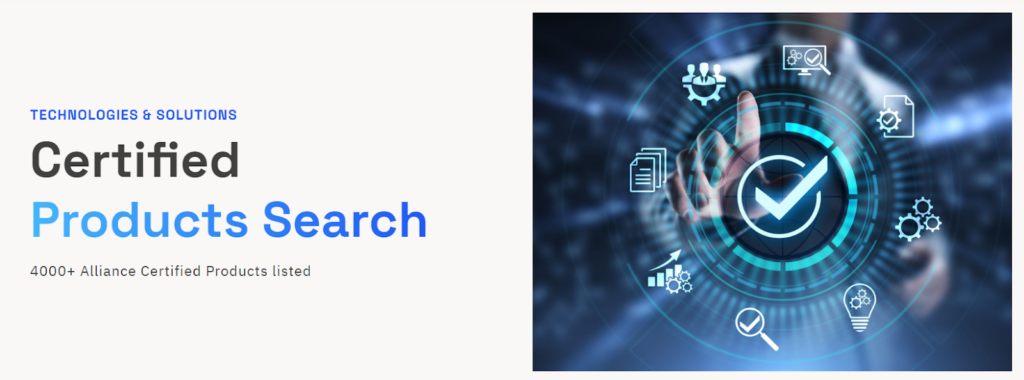When making smart home automation, residents usually have to consider whether to keep data on cloud or processed locally. Having local control is great! Your privacy is more in your hands. Every time you turn on a light bulb, you don’t have to send data to third-party companies. But smarthomes driven by the cloud have a lot of features and often updated services and trendy features. Both have their advantages and disadvantages. Making the right decision might be aided by understanding what they exactly are, and benefits and drawbacks to each choice.
Pros and Cons of Locally-run Home Automation
There are a lot of smart devices that work with the cloud, but they have a bad reputation for privacy protection. Many citizens have expressed doubt that voice assistants like those from Google, Amazon, and other companies will record anything they hear and might collect individualized data for sale. As a result, the majority of users favor locally controlled systems.
All automation and control software in a home is contained in local smart home systems. They don’t need access to the internet. Local systems are connected through physical wires or other wireless technologies like ZigBee, Z-Wave, and others rather than Wi-Fi and the cloud.
Pros
Reliability: In the event that your internet connection drops, your gadgets will continue to function. Only remote access requires internet connectivity.
Faster Response: Since your information doesn’t have to go across the cloud, you may send the order immediately to your devices. As a result, there is less latency (delays).
Efficient Performance: Locally controlled hubs process automation rules on itself for just one system. Shared load is not necessary.
Privacy Security: Security of your personal information is ensured by the local storage of sensitive data (schedules, automation rules) on the hub. Any cloud service cannot possibly obtain your information regarding the when, where, and how you use your devices.
Dependableity: Locally operated hubs don’t depend on a web service or the manufacturer’s business health. It can last for a very long period, barring complete equipment failure.
Cons
Less Flexibility of Managing Devices Remotely: Because your gadgets aren’t connected to the internet and can’t receive data from the outside, you won’t be able to operate them from locations other than your home.
Limited Functionalities: If all of your gadgets are managed locally, you won’t have access to voice control, routines, music services, or IFTTT, to name just a few.
Higher Cost: For controlling sophisticated automations and sizable smart home systems, onboard processors (CPUs) and RAM may take a large amount of money.
Example of Local-running Smart Home Hub: Home Assistant
Home Assistant (HA) is a free, open-source home automation platform that enables you to create a private, localized smart home. HA enables you to manage and access your smart home appliances on the local network. Regardless of whether there is an internet connection or not, your smart home will continue to function because it is not dependent on cloud servers or either. Additionally, it is quicker and more reliable because it is local.

The power of Home Assistant is immense. You can integrate systems that might not normally communicate with one another by using Home Assistant. You may integrate them into Home Assistant to control them individually or collectively rather than downloading half a dozen apps. Compared to other cloud-based options, Home Assistant is undoubtedly a flexible, dependable, and more secure solution.
It should be noted that Home Assistant is essentially a Python-based, platform-neutral piece of software. For it to function, you still need a physical Home Assistant Zigbee/Z-Wave Gateway. Raspberry Pi is also a good choice.

Pros and Cons of Cloud-based Home Automation
The automation software engine of cloud-based systems, like Google Home, is only accessible online. Home gadgets can connect to the internet immediately by using an IoT gateway device to connect the cloud.

Manufacturers’ costs are reduced and burdens are eased through cloud management. To evaluate complex data, they don’t need to program each gadget individually. Instead, data is transferred from their devices to the cloud, which handles all the work. In addition, the cloud can also manage more complicated computations that small smart devices aren’t usually powerful enough to complete.
Pros
Remote Control: The cloud service enables customers to remotely operate their devices.
Richer Functions: As long as you have an internet connection, you can use voice control, routines, IFTTT, and other diversified functions.
Continual upgrade: The firmware of devices will constantly be updated, allowing for the usage of new features and improvements.
Lower Cost: Due to the fact that cloud-based home controller hub don’t need a lot of memory or processing power, cloud-managed hubs can be built reasonably cheaply.
Cons
Message Delay: It will take longer for the smart gadget to carry out the order “turn on” because communications must first travel across the internet before being received by the device.
Internet Dependency: Your devices won’t function at all if you don’t have an internet connection because that message won’t ever get to them. Any interruption will cause automations to execute slowly or not at all.
Future-proofing: If the cloud company that powers your smart home technology shuts down or leaves the smart home market, your devices won’t function.
Example of Cloud-based Home Automation Hub
A cloud-based smart home hub’s usual operational flow is as follows: when motion is detected and transmitted to the hub, the hub uploads the resulting data to the cloud service for processing. The cloud service is used to carry out automation rules, and the Hub downloads commands from the cloud service before sending the ON command to the light.
When choosing a cloud-based smart home hub, the most important things are its uplink and downlink connectivity:
Uplink Connectivity: For smart home uses, WiFi is definitely the best choices. To communicate with cloud platform, you can ask for a MQTT API from device supplier. To find the best cloud-based home hub, it’s not a bad idea to visit corresponding cloud platform website to look for qualified devices.

Downlink Connectivity: usually Zigbee and Z-Wave are the most heavily-used smart home protocols. To make your hub compatible with end devices, it would be better to find suppliers who uses standard Zigbee and Z-Wave protocol. You just need Zigbee2MQTT API for device integration. You can choose to look for Zigbee Alliance-certified products from their website if necessary.

Final Words
People who value simplicity prefer to choose cloud-dependent gadgets, whereas those who value privacy tend to favor local processing. Choosing between local and cloud doesn’t need sacrificing either one. The two storage options function well together and compliment one another in a variety of beneficial ways. In actuality, most companies utilize a mix of the two nowadays.
If you are at home, you may control your devices without an online connection. Even if your internet connection drops, you can still control them because the response will be quicker. Additionally, it’s incredibly fantastic and helpful to increase quality of life to have the power to control your home while you are away, such as turning on the heating system an hour before you come or turning on the lights. The ideal course of action doesn’t entail picking a side.
Last but not least, an essential component of a smart home system is processing capability that uses memory, power, and software.
